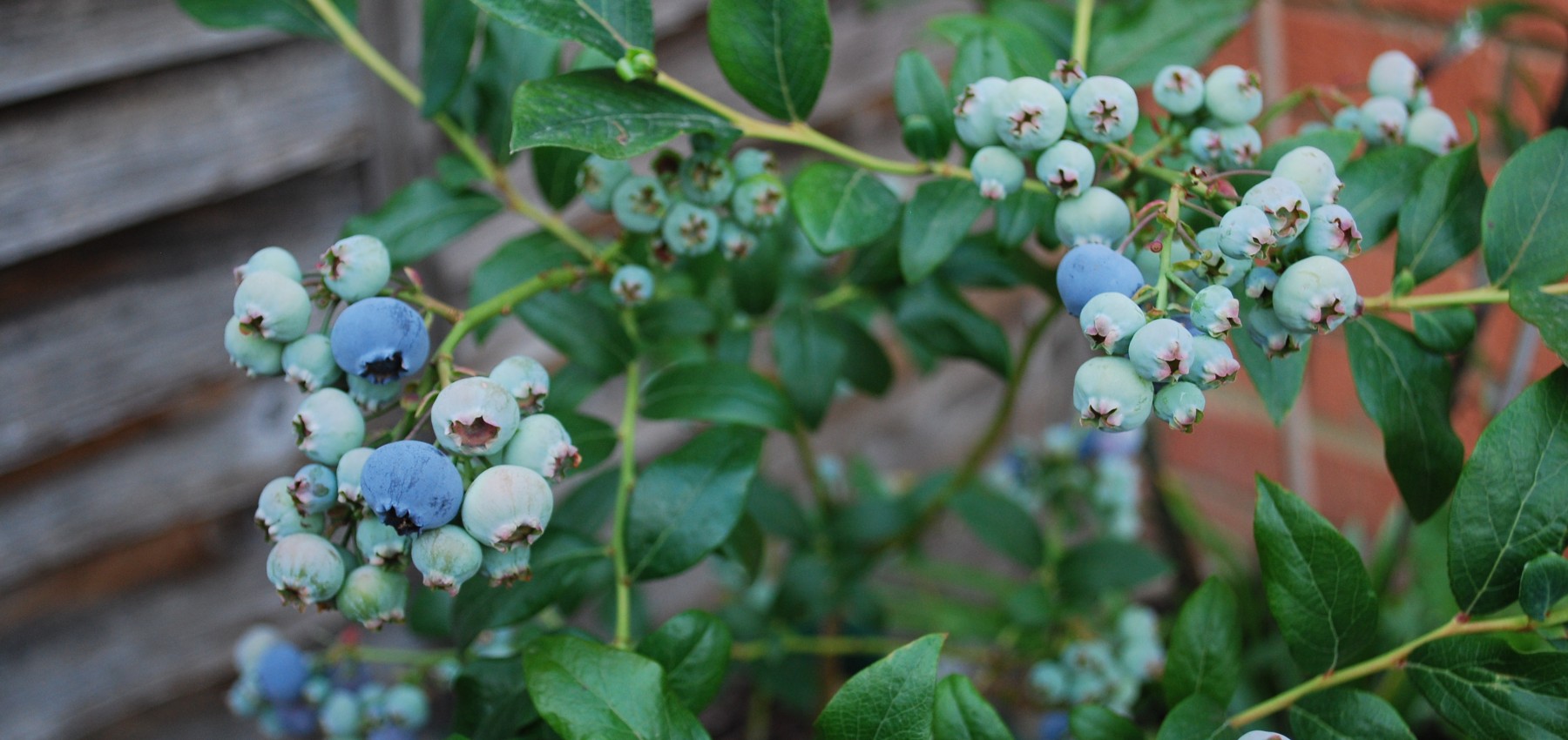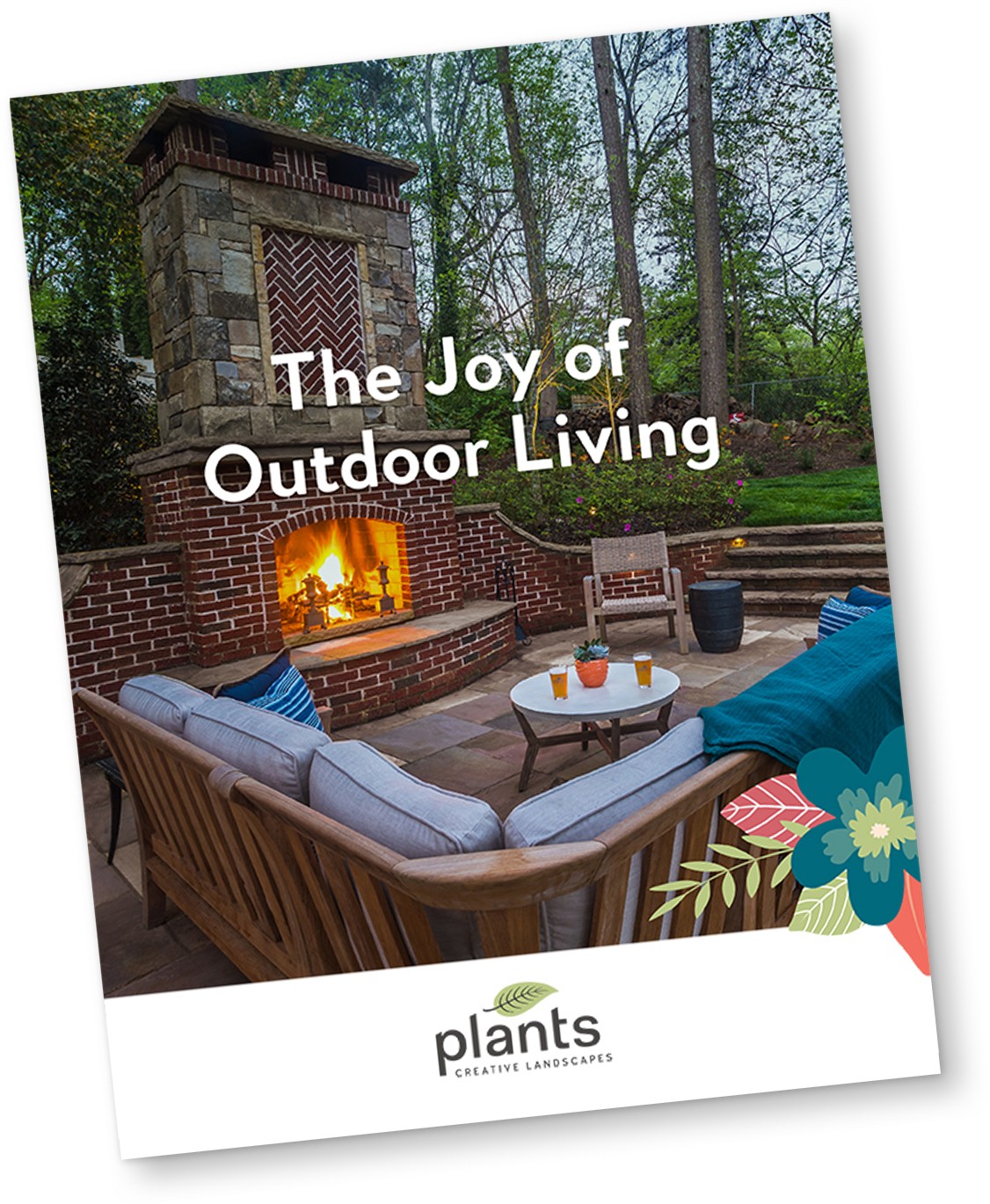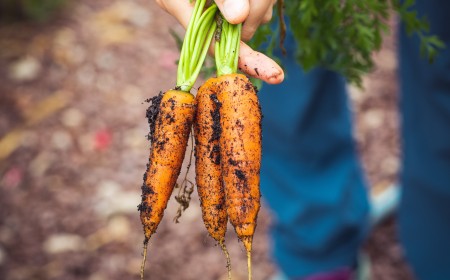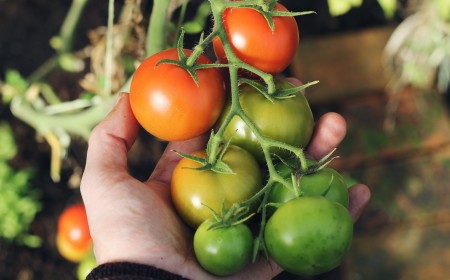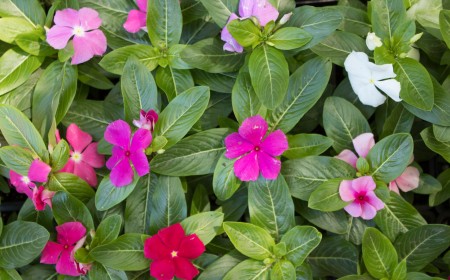Whether it’s fruits, vegetables, herbs or even edible flowers, consumable plants can provide you with healthy meals and snacks throughout the summer.
However, once you have a vegetable garden in place, you might have issues with poor yields or annoying insects and pests.
How can you stop these problems? Continuing our journey into the exciting world of growing food at home, this post will answer more of the questions we’re often asked about edible plants.
Should I fertilize or compost my garden?
Synthetic fertilizers should always be a last resort. Think of compost as a healthier (and more organic) fertilizer — one that’s usually free!
If you keep organic waste in a compost pile on your property, spread it around in your garden in early spring or late fall, and let it decompose in the soil. It will give your plants valuable nutrients over the course of the season and keep your soil healthy!
If you don’t have a compost pile, fallen tree leaves are one of the richest sources of organic fertilizer available! Don’t rake them up and get rid of them — instead, let them decompose in your yard and add the nutrient-rich matter straight to your gardens, or save your leaves and mulch your gardens with them in the fall.
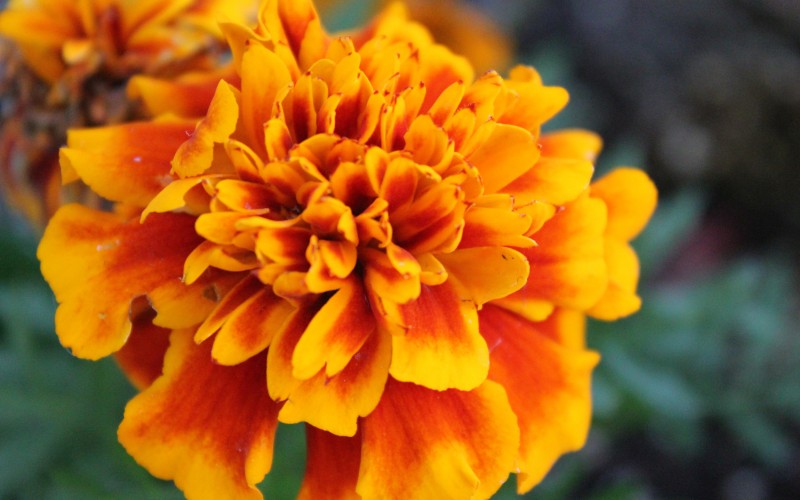
How can I keep bugs and pests away?
Your first thought might be to turn to pesticides to keep out the pests, but before you start spraying, below you’ll find some less harmful suggestions.
Fencing is an obvious way to keep rabbits and larger animals out. Chicken wire is the most cost-effective, but if you have the time, a wooden fence is a more aesthetically-pleasing option.
What you may not know is that certain vegetables, herbs, and flowers act as natural pest deterrents, so you may not even need to build any barriers!
- Onions & garlic keep out the bugs with their distinct smells. Plant them next to carrots and greens!
- Lemongrass is an herb you can use in tea, but it’s also a natural insect repellent. In fact, it’s the plant that the essential oil used in citronella is derived from.
- Marigolds keep out aphids and rodents with their strong scent.
- Lavender looks amazing while also keeping out flies and mosquitos.
Is my soil good enough to grow in?
It’s likely you can grow most edible plants just fine with the soil you have, especially if you compost. But if your plants just aren’t growing the way you’d like, testing your soil is never a bad idea — and our team at Plants Creative can help you with it.
One basic soil test that you can perform yourself goes like this:
- Take a cup of soil from where you’d like to plant your edible plants. Drop it in a jar, fill the jar with water, and let it sit for 72 hours.
- Over the course of these three days, the clay and sand will separate, while the silty matter will rest on top.
- After the 72 hours are up, you can calculate the basic percentages of each part of your soil based on the results and make amendments as needed.
This test is very basic. For a more in-depth analysis, we can send a physical sample of your soil to a testing facility, and receive the results of your pH and nutrient levels in the mail!
Simple soil amendments you can make yourself include:
- Adding peat moss for its water-retention and nutrient-holding abilities.
- Sand for added drainage, if you have a lot of clay in your soil.
- If soil isn’t the problem, but flooding is, raised garden beds are also an option. (Added bonus: if you’re older or have limited mobility, raising your beds means less bending over to pick or harvest your crops!)
If you’d like a professional soil test and amendment performed, you’re always more than welcome to give us a call.
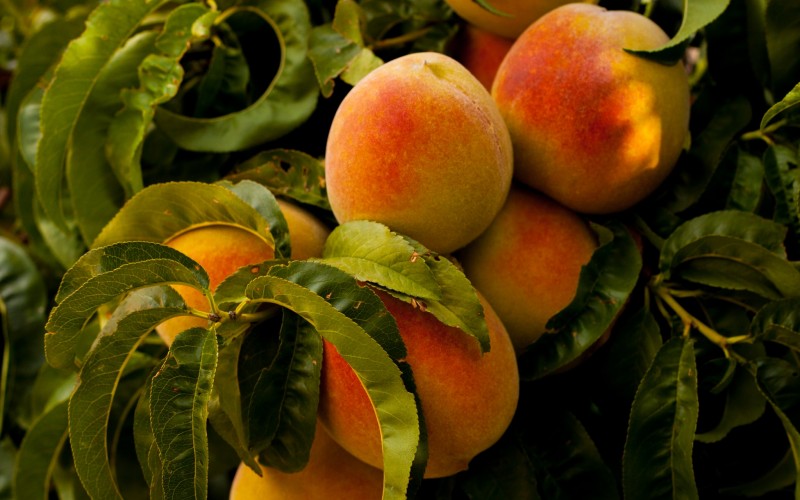
And, just for fun… what are some unique and overlooked plant options for my garden?
There are all sorts of exciting ways to incorporate other edible plants into your landscape!
- Blueberries grow excellently here in Georgia. We’ve even heard of them being planted as hedgerows instead of boxwood hedges! (You can read about it in the eco-friendly landscapes post here.)
- Raspberries, blackberries, juneberries, huckleberries, and currants are all berries that grow perfectly well in Georgia, but that many people don’t think to plant around their home. Plus, in addition to the fruit they’ll give you, they’re beautiful plants with big blooms that pollinators love!
- Herb gardens can include all sorts of plants to spice up your cooking or to make teas with. Anything from peppermint to dill, chives, rosemary, and parsley. And let’s not forget basil — you can use it to keep out the pests and then make a delicious homemade pesto afterwards!
- Fruit trees are a long-term commitment that typically take 3–5 years to bear fruit. If you plan on being in your home for a while, they’re always worth it in the end. Peach trees are a natural choice, seeing as we’re in the Peach State, but other good options include apple, pear, plum, and cherry.
- Nut trees are often overlooked, yet amazing sources of food. Almond, chestnut, pecan, and walnut trees are great options for our region.
- Edible flowers have been around for centuries, but have really made a comeback in America these last few years. There’s far too many to list here, but we encourage you to take a look at this handy list from the National Gardening Association!
We can help you!
So there you have it — your questions about edible plants answered. In case you haven’t read our first post on how to grow a basic vegetable garden, take a look!
If you have a question that wasn’t answered or would like to know more about how Plants Creative can help you plan, plant, and care for edible plants, contact us to find out more.
